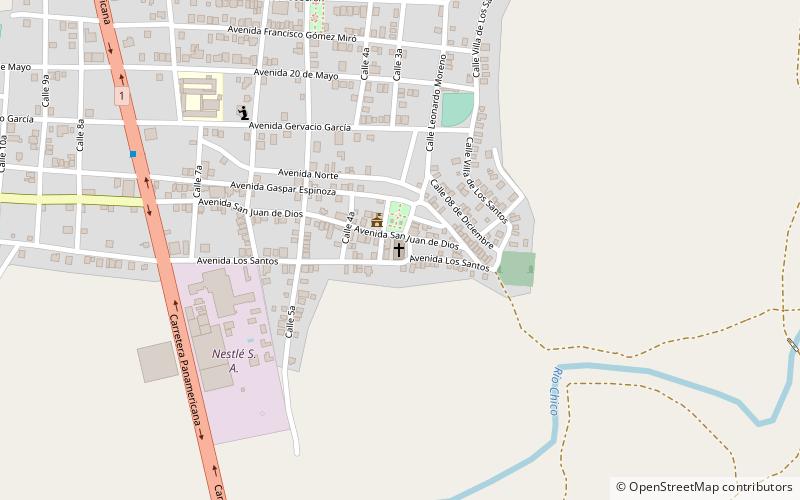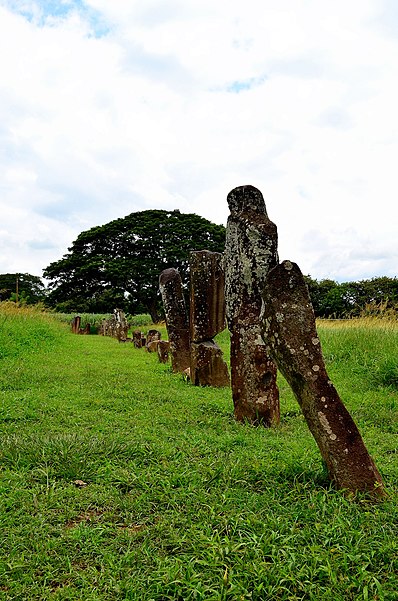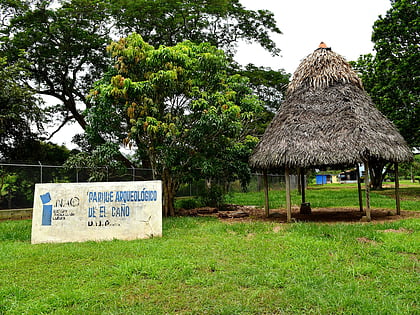El Caño Archaeological Park


Facts and practical information
Nestled in the heart of Panama, El Caño Archaeological Park is a window into the ancient cultures that once thrived in Central America. This significant archaeological site is located near the town of Natá in Coclé Province, offering a rich tapestry of history and mystery for visitors and scholars alike.
The park is renowned for its pre-Columbian artifacts and the elaborate tombs of the indigenous people who lived in the area between AD 700 and 1000. Excavations at El Caño have revealed a wealth of gold jewelry, pottery, and other cultural treasures, providing insight into the social and ceremonial practices of the ancient inhabitants.
The site gained international attention in the 1970s when the first graves were uncovered, but it wasn't until 2008 that systematic excavations began, uncovering the true extent of the burial site. Archaeologists have since discovered numerous skeletons adorned with precious metals and stones, suggesting the area was a significant burial ground for elite members of the society.
El Caño Archaeological Park serves not only as a historical site but also as a cultural emblem, reflecting the sophisticated craftsmanship and social hierarchy of the pre-Columbian era. Visitors to the park can explore the open-air museum, where some of the unearthed artifacts are on display, and walk among the excavation sites where history continues to be uncovered.
The importance of El Caño extends beyond its borders, as it contributes to the understanding of the cultural and historical connections among the indigenous peoples of Panama and the wider region. It stands as a testament to the complex societies that existed long before European contact, and it continues to be a focal point for archaeological research and education.
Coclé
